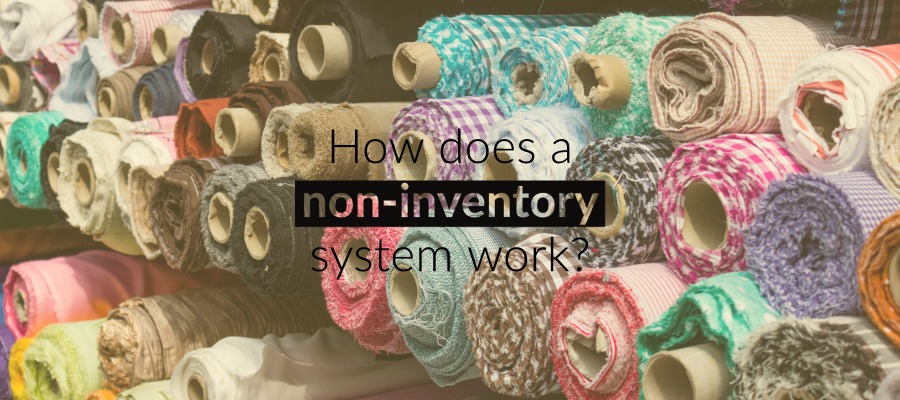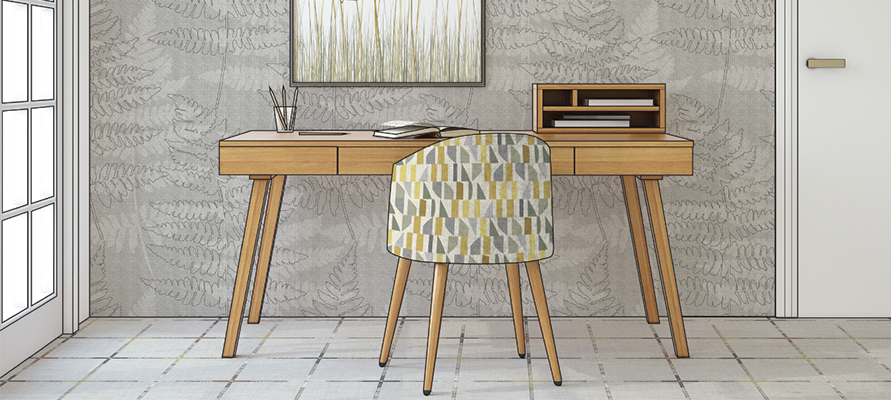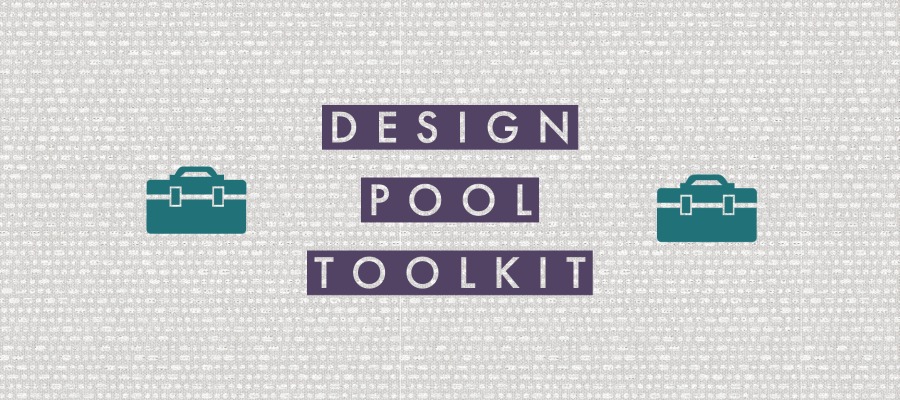
How does a non-inventory system work?
At Design Pool, we talk a lot about how print-on-demand technology is changing the way interiors are designed. Also, how printing only what you need when you need it is a more sustainable means of manufacturing. One of the reasons this is true is because this type of manufacturing is a non-inventory system. To understand what makes this system so unique, let’s look back at how this system used to work.
Traditionally, interior designers working on a project looked through physical swatches of materials such as those in a jobber book. If they wanted a sample, they ordered a swatch from the jobber to put on a mood board and show a client. When they were ready to place an order, they placed an order with the jobber. After that order was received, someone went into the warehouse, found the roll of fabric, cut off the yardage, and shipped it to the designer. When that roll of fabric in the warehouse started getting low because of many orders, they ordered another roll from the mill that manufactured the item and restocked their inventory. Would people place more orders for that item? Hopefully!
In this system, there were always best sellers, low sellers, and duds.
What happens to the duds? Eventually, the jobber discontinues the item. The remaining yardage is sold for a steep discount to make room for new products in the warehouse. Everyone would fantasize: wouldn’t it be amazing if we knew what would be the best seller and what would be the dud? Well, of course, but no one has a crystal ball. Everyone in the industry understood that only around 20% of their inventory would be best sellers.
Any time you’re taking up space in a warehouse, risk is involved. That’s why jobbers and mills can’t offer limitless options. They have to make thoughtful decisions based on industry trends and choose the best products to go into their inventory.
Now, enter the non-inventory system.
Print-on-demand manufacturing completely upends the need for inventory. When an interior design places an order, no one goes into the warehouse to locate the product. They print the product then and there. There is no space being taken up in a warehouse by low-selling designs or best-selling designs. The only thing in stock is the raw materials necessary to make an item. In short, designers can get whatever they want!
For example, for a printer such as our partner KwickScreen, that means they have plenty of the blank screens needed for their retractable privacy screens. When a designer places an order, they print that screen with the desired design. They don’t have to decide which ten designs to introduce this year. They can offer unlimited options and colors.
Of course, unlimited options can come with their own set of challenges.
It’s hard to make a decision when you can have anything. This is where Design Pool comes in. As an interior design resource, we help you narrow down your options. Our patterns are designed by designers with extensive experience designing patterns for commercial, hospitality, and healthcare interiors. We offer many pattern options, but you don’t have to look through all 600. You can easily use our search functions to narrow down your choices and find something perfect.
Additionally, you don’t need to have previous knowledge of printers, inks, or substates. We’ve already done the work of finding reputable printers whose quality and customer service we stand behind. All you have to do is find the pattern you like, request a sample, and place an order. We have licensing agreements with our printers, and they take it from there.
Still have questions about how a non-inventory system works? Let me know in the comments or send us a DM through social media, and we’ll answer it for you.
Share this post
Author
DESIGN/COLOR TRENDS AND AWESOME INFORMATION IN YOUR INBOX
Sign up for our monthly trend letter







